How to help your yard and plants recover from the effects of wildfire smoke – expert garden advice to heal your borders
It’s not just fire that can damage your plants – smoke, ash and the particulates they contain can impact plant health, too

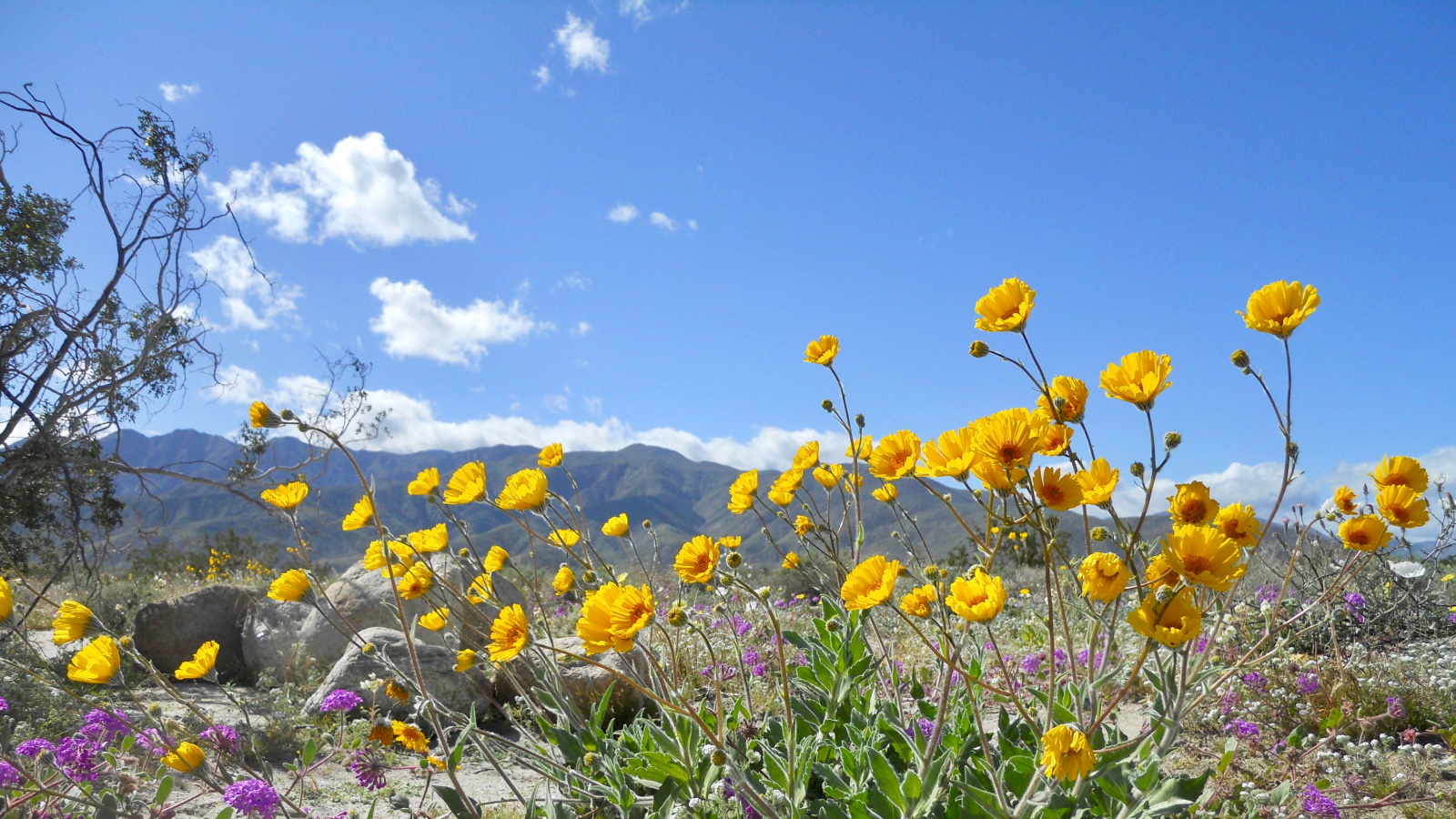
Wildfires can be dangerous and deadly. While flames can impact your landscape, so too can smoke and ash. This leaves gardeners wondering: How does this impact my yard?
It’s estimated that wildfires destroy, on average, about 3,500 structures each year in the United States, according to the U.S. Forest Service. While that’s the average, the numbers can fluctuate each year depending on the number and severity of these wildfires. For instance, in 2020, more than 13,000 structures were destroyed by wildfires in the Western United States alone.
Hopefully, and thanks to firescaping techniques, your home will still be standing after a nearby wildfire. It’s now time to assess how your garden has been impacted by smoke and ash. Our experts provide a few simple steps and give us a better understanding of what smoke can do to your garden.
Is smoke always harmful for plants?
‘Your question is really interesting,’ says Southern California-based horticulturist, teacher and author Nan Sterman, ‘because it’s based on an assumption that smoke is going to damage plants.’
She notes that some evidence suggests otherwise. ‘I’ve been through several fires and never noticed any damage, so I reached out to some colleagues who’ve also experienced fire,’ Sterman says, ‘and universally, nobody mentioned any kind of damage, really.’ She adds that smoke from low-intensity fires can even benefit plants. The reason is due to nutrient deposition.
‘Some of the carbon and nitrogen in the ashes can be very beneficial to plants,’ Sterman explains.
These elements, deposited on leaves and soil, can enhance plant health. And, she adds, a recent scientific study confirms that ‘plant roots directly absorb nitrogen from smoke and transport it into the above-ground parts for internal circulation.’
Design expertise in your inbox – from inspiring decorating ideas and beautiful celebrity homes to practical gardening advice and shopping round-ups.
However, there is a balance: ‘Low concentrations of smoke stimulated plant growth,’ Sterman notes, ‘but high concentrations inhibited it.’
The Dewilde Trading Co. Soil Test Kit at Amazon.com can check for pH, ammonia, nitrogen, phosphorus and potassium after wildfire has moved smoke through your area and deposited particulates onto your soil.
First steps after smoke exposure
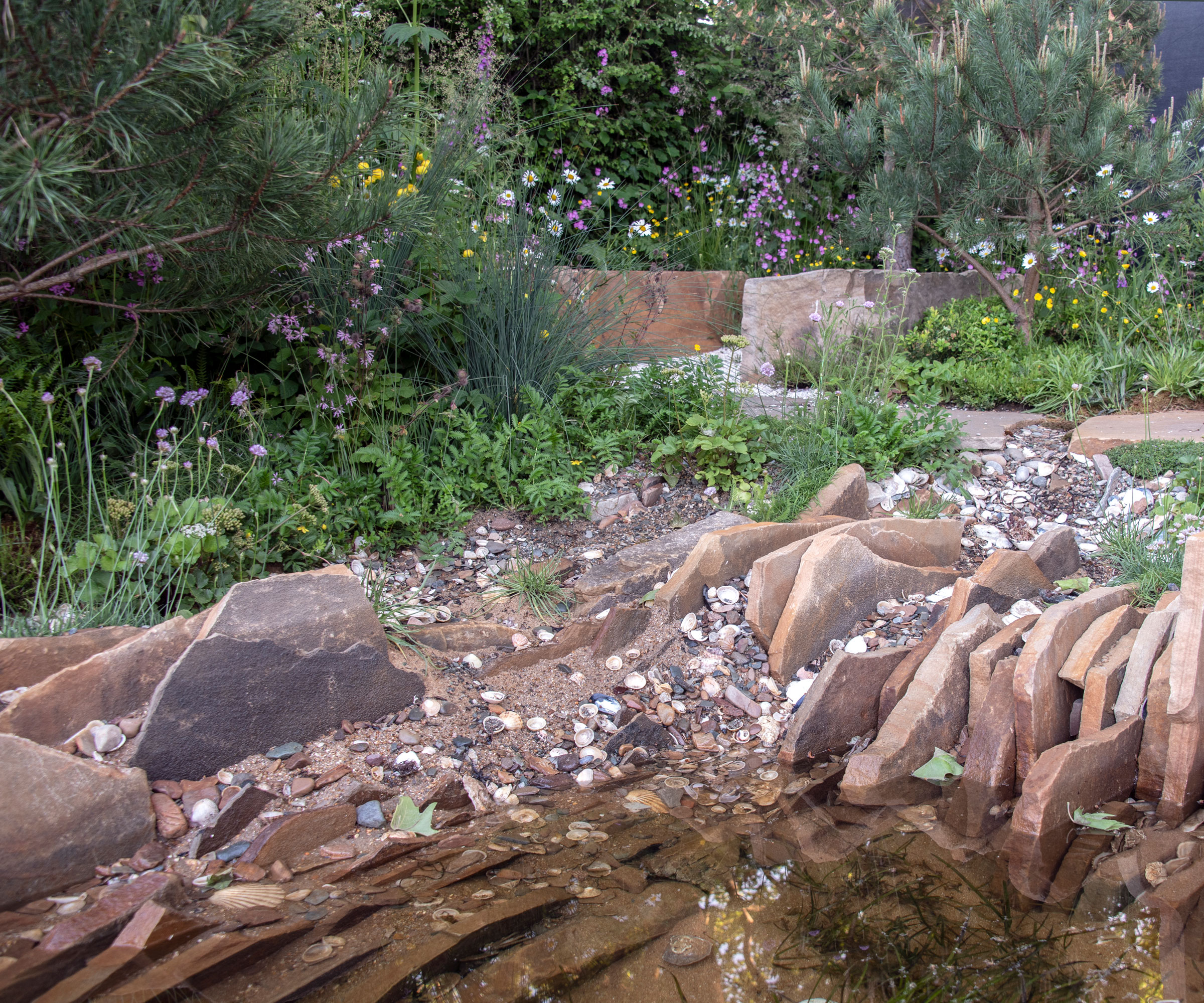
If your plants were exposed to smoke but not direct fire, the best thing you can do is give them a gentle clean-up.
‘Wash those plants outside, spraying over them and then water them regularly,’ advises Linda Langelo, Colorado State University Extension Horticulture Specialist.
She explains there are particulates that get into the plants, and we’re not always sure of their origins.
She suggests hosing down leaves to remove soot, ash and pollutants. Don’t forget to check under the leaves and rinse the soil lightly to avoid excessive buildup of particulates.
Adjustable twist brass hose nozzles at Walmart can help you direct a gentle stream of water over your plants to gently wash smoke particulates off plant leaves.
If your houseplants were outdoors during a smoke event, ‘you’ll have to clean them and flush them too,’ Langelo says.
If you have advanced warning of a wildfire in the area, consider bringing those houseplants “vacationing” outdoors back into the home to avoid the smoke and ash altogether.
One key tip Langelo points out: Don’t fertilize right away. ‘That will stress them even more,’ she warns. Instead, wait until plants show signs of new growth, usually after two to four weeks, before applying light fertilizer.

California-based Nan Sterman is passionate about plants and gardens. She is a pioneer in sustainable landscaping with a focus on California and other low-rainfall climates. Taking a holistic approach to connecting plants, people, and the planet, she advocates for gardens that work with the local climate and environment rather than battle against them. Her most recent book, Hot Color, Dry Garden, is a how-to guide for creating color-filled, drought-resilient gardens.

Linda Langelo is a Colorado State University Extension Horticulture Specialist, a member of Garden Communicators International, and a regular contributor to MarthaStewart.com gardening articles. She also produces The Relentless Gardener Podcast and the Relentless Gardener Column, which won a Laurel Award from Garden Communicators International. She is a guest blogger for AARP Colorado and AARP Maryland.
What smoke really does to plants

Smoke doesn’t just sit on plant surfaces, it changes their environment. ‘Smoke blocks sunlight and increases temperature, which in turn increases evaporation... it’ll dry out plants,' says Langelo.
This can be especially harmful to perennials and flowering shrubs, which may suffer from wilting, leaf scorch or slowed growth.
And for vegetable gardeners, there’s more bad news: 'Smoke itself will reduce yields on vegetable crops,' Langelo adds. ‘It reduces photosynthesis, which stunts growth and eventually can kill them, or make them more susceptible to pests and diseases.’
However, many plants have defense mechanisms. Ponderosa pines, for example, have an astonishing strategy: ‘They actually closed their stomata and held their breath until it was over,’ says Langelo, referring to their response to wildfire smoke. This kind of adaptation is a reminder that nature often finds its own way to cope with stress.
Pruning and watering
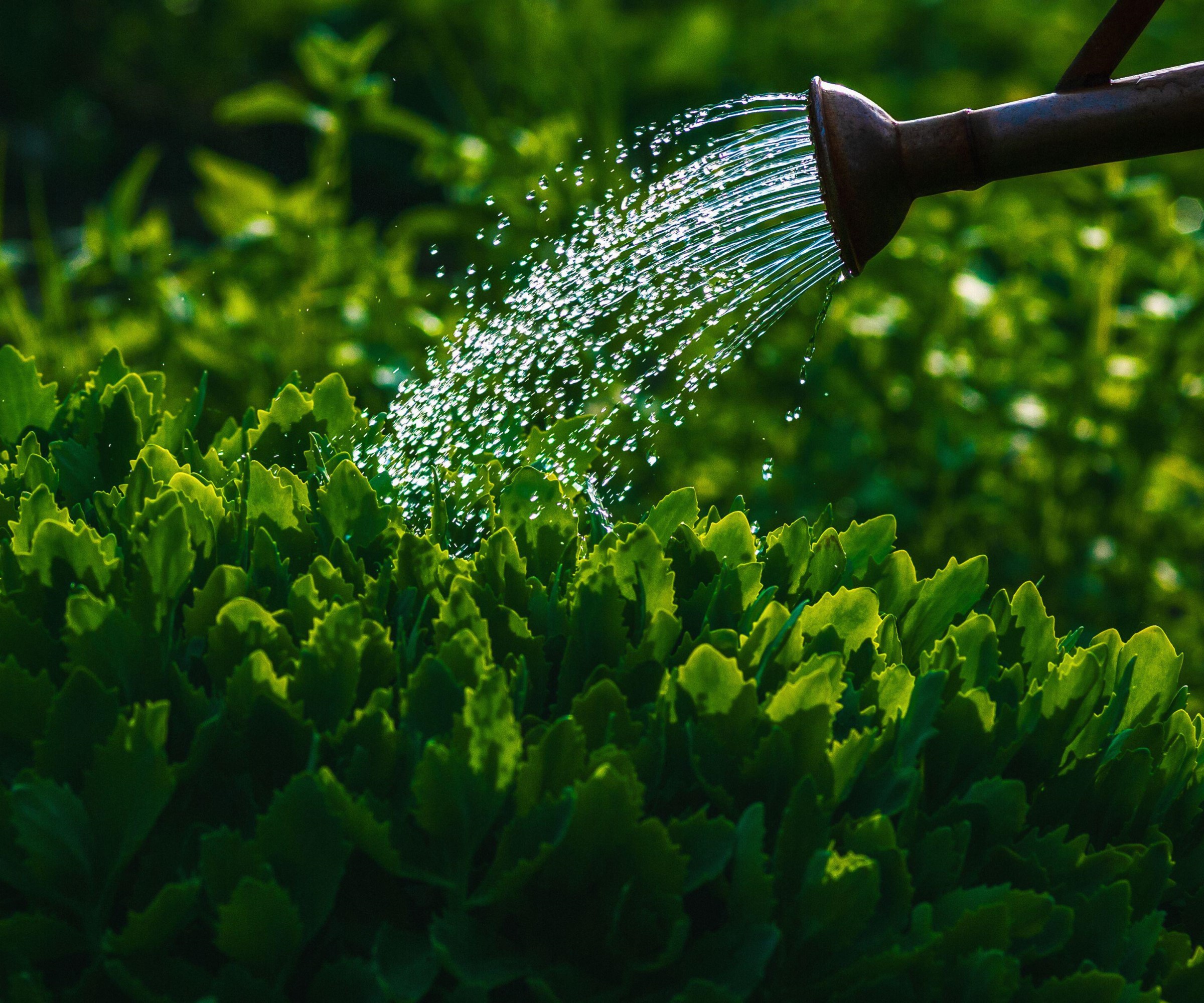
If some of your plants show damage, think browning leaves, wilting or stunted growth, take a light hand when it comes to pruning.
‘I would prune to help them, absolutely,’ says Langelo. She suggests trimming only the dead or severely damaged parts and allowing time for new growth to emerge before taking further action.
QVC has bypass pruners to help you make quick work of the post-smoke pruning.
As for watering, more is not always better. ‘If they're somewhat damaged... water them regularly, but don’t make it a habit,’ Langelo cautions.
Too much regular watering can create dependency and weaken the plants’ ability to adapt.
Fire can actually help some plants

It may seem counterintuitive, but fire can be a trigger for growth, especially in ecosystems like California's Mediterranean climate.
‘There are plants whose seeds only germinate after fire, presumably because of some chemicals in the smoke,’ says Sterman.
‘There is Tecate cypress ... that cone only opens after it’s been superheated. The seeds are inside, protected during the fire, but the cone opens up and the seeds fall out because of the heat.’
This phenomenon is not limited to California. Sterman explains that plants in all five of the world’s Mediterranean climate regions share similar adaptations.
'It’s more reason to use California natives [in California],’ she says, ‘but it’s also a reason to use plants that are native to Mediterranean regions... because they have evolved to recover from fire.’
If you’re inspired to replant or restore a damaged area, consider native or fire-adapted species. Many even respond to “liquid smoke” as a germination cue, an innovative (and safer) way to recreate fire's positive effects in a garden setting.
Ash, soil and recovery
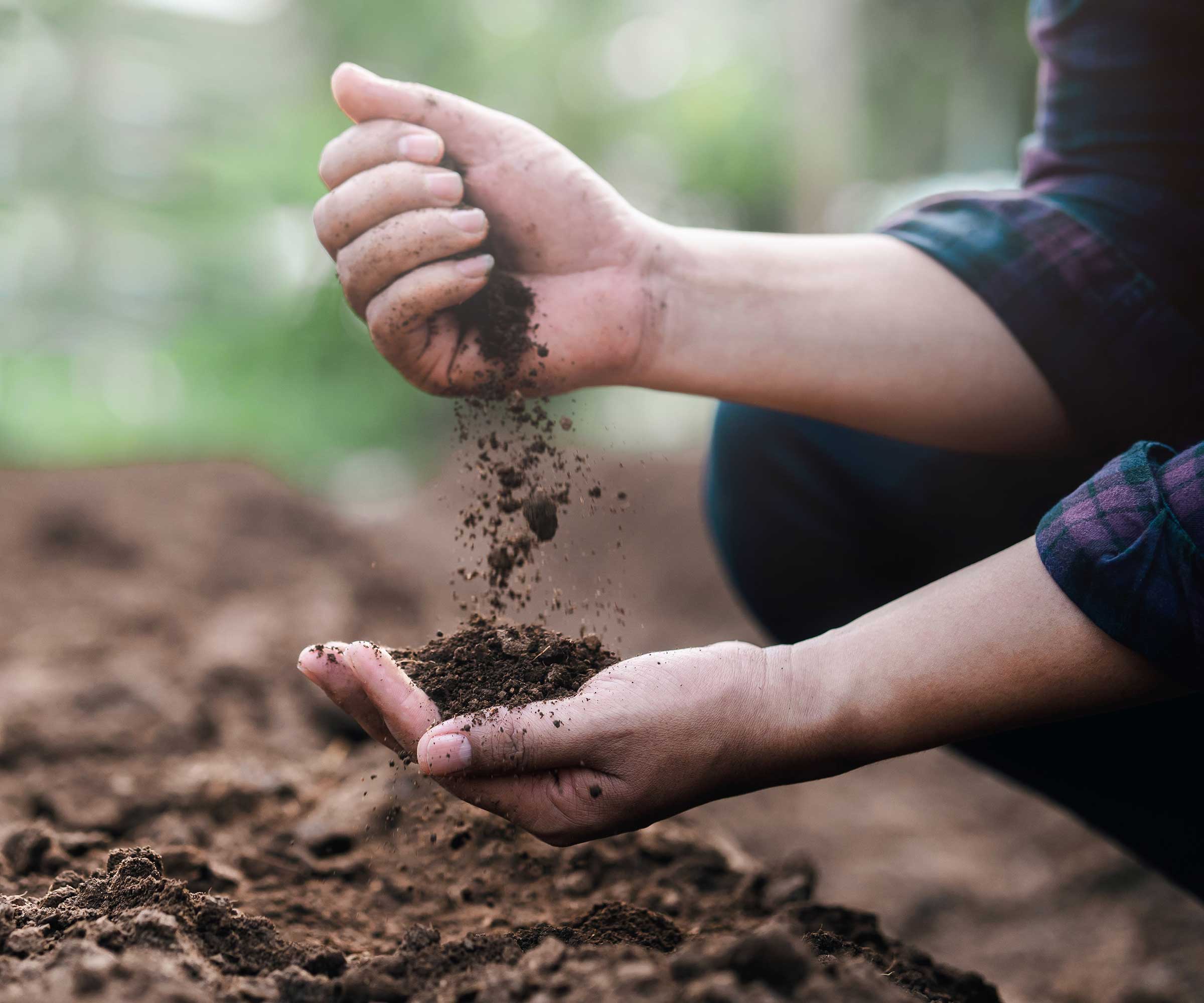
Ash and charcoal aren’t always the enemy. In fact, they can offer some long-term benefits.
‘Charcoal... will attract herbicides and other toxins... it actually helps flush them out over time,' Langelo notes.
And while it’s true that particulates can find their way into the soil, removing or replacing them isn’t usually feasible. ‘It is what it is to a certain degree,’ she says.
Fire-smart landscaping
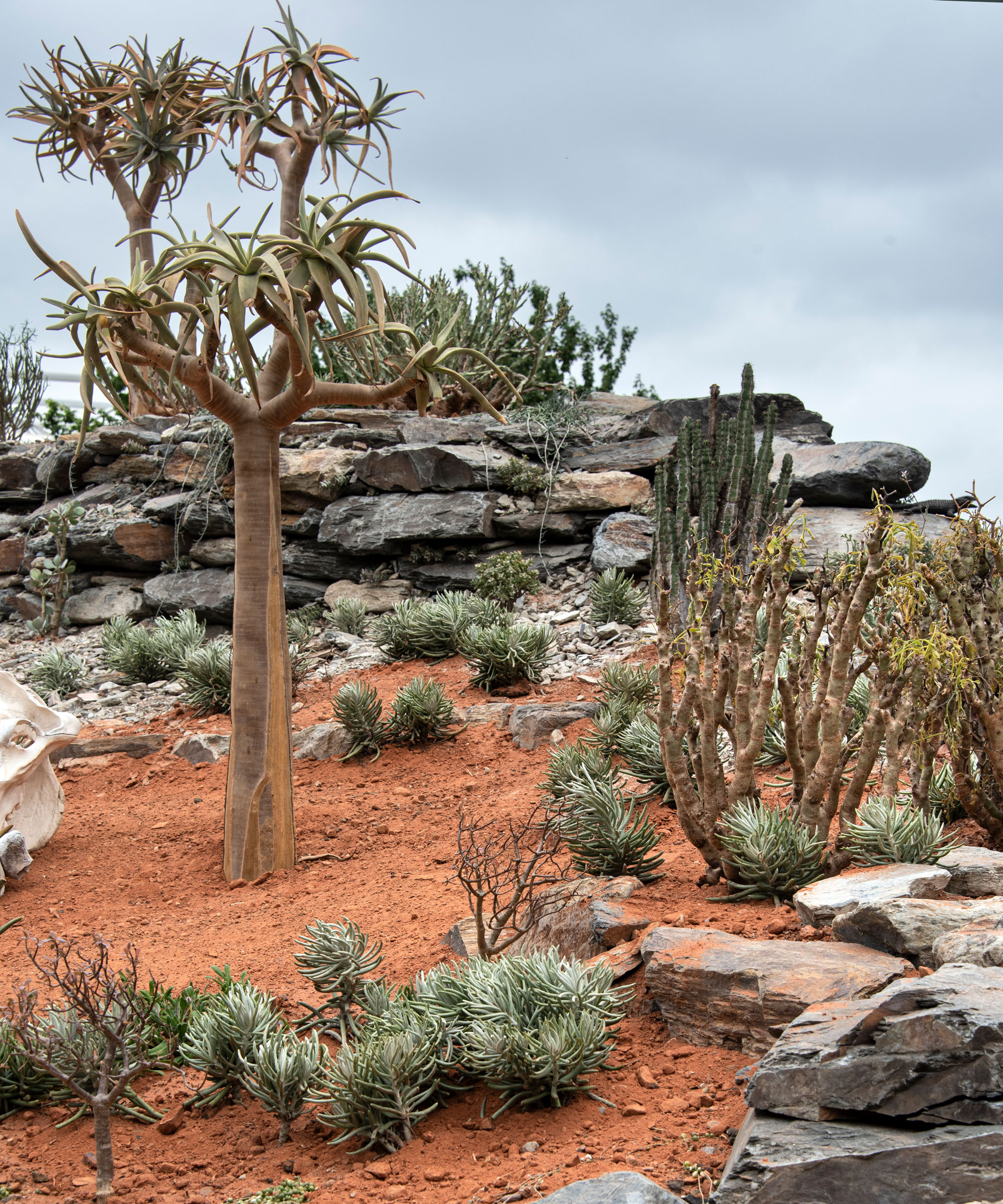
When it comes to protecting your home from fire, planting choices are only part of the equation. ‘A home’s vulnerability is dependent on how it is built, how the structure is built, and its location,’ Sterman explains.
‘If you look at photos of recent fires... you see lots and lots of trees still standing. They’re green, and the house is gone.’
And some of the fire-safe landscaping advice provided by local officials, such as plants appropriate for placing around a home in a fire-prone region, is outdated or flat-out inaccurate.
‘I talked to the horticulturist at the local botanic garden after a big fire many years ago, asking about references for their “fire safe plants” list and he said to me, ‘Oh, that’s an old list that was done by a volunteer who took a bunch of leaves home and put them in his oven,’ Sterman recounts.
Instead, focus on proper irrigation, thoughtful plant selection, and regular maintenance. ‘Hydrated plants near your house are much more protective,’ Sterman adds.
FAQs
Are there any clear indications that my plants have suffered from toxic smoke damage?
If you suspect damage from smoke, watch for signs of wilting, stunted growth, or discolored leaves.
These may show up days or even weeks after exposure. ‘Keep track of what is burning in your area,’ Langelo advises. ‘Some of these chemicals can take up to 21 days with their residuals.’
Will ash and smoke residue harm my plants, and should I wash it off?
Light ash and smoke residue are generally not harmful to most plants. In fact, they can provide beneficial nutrients like carbon and nitrogen.
However, it's a good idea to rinse off leaves with clean water to remove particulates that may interfere with photosynthesis or clog leaf pores. This also helps prevent long-term buildup and potential stress, especially for vegetables and delicate ornamentals.
To protect against future smoke and ash exposure, consider installing shade cloth or protective covers over vegetable crops.
Even if a fire isn’t nearby, airborne pollutants can travel miles, Langelo points out. Most importantly, give your garden time. As Langelo puts it, ‘Plants have an amazing ability to recover, and they will take their time doing it, because they have a built-in system where they feed themselves.’
As Sterman advises, keeping plants well-hydrated goes a long way in protecting them from both fire and smoke. We’ve prepared a guide on deep watering that will help your garden and landscape plants thrive and recover, and look beautiful.

Ellen Wells is a horticultural communications consultant with 30 years experience writing about all aspects of the gardening world, and for GardeningKnowHow.com since 2024. She specializes in retail horticulture, vegetable gardening and tropical plants. Ellen is based in southern New England where she gardens in zone 7a.